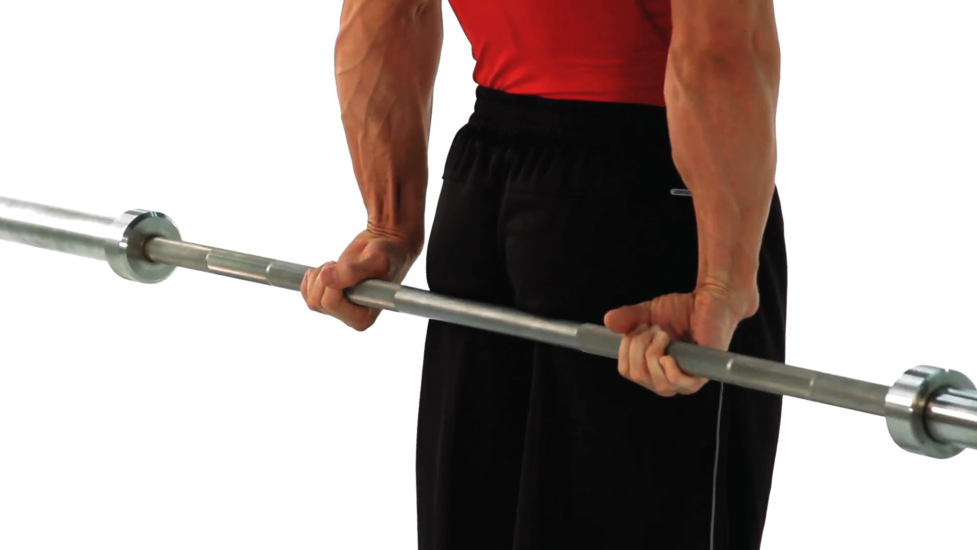

Okay, so building bigger forearms is realistic, and our genetics shouldn’t be a limitation-any skinny guy can build above-average forearms. But what’s the ideal forearm size? How Big Should Your Forearms Be? And fortunately, building bigger-than-average forearms is something totally realistic, no matter how skinny your forearms are right now. I don’t just want to build bigger forearms I want to know how big I should build them. Rinse and repeat for 4 weeks, measure our progress, adjust our workouts as needed, and continue onwards.īut that answer is also deeply unsatisfying, at least to me. Regardless of our starting point and genetic potential, the best way forward is to work out our forearms, eat for muscle growth, and recover. That’s great advice, and so eloquently worded, too. That’s Specific, Measurable, Achievable, Relevant, and Time-bound (S.M.A.R.T.).

For example, set a goal of lifting 4 times a week for 30 days. You cannot control the result of your training–only the process of training. If you want to succeed, set goals that are under your control. 6 months later your forearm diameter is X+N inches. Scenario 2: you set a goal of Z inches: you train optimally, eat optimally, recover optimally, and grow optimally.

Scenario 1: you set a goal of Y inches: you train optimally, eat optimally, recover optimally, and grow optimally. But the top commenter had a different idea: He was tired of having skinny forearms, and he wanted to build his forearms to that size. Now, what should we do with that information? I saw a post on Reddit from a skinny who wanted to know the average forearm size.

When you first start lifting weights, it’s a good idea to focus most of your energy on the big compound lifts.


 0 kommentar(er)
0 kommentar(er)
